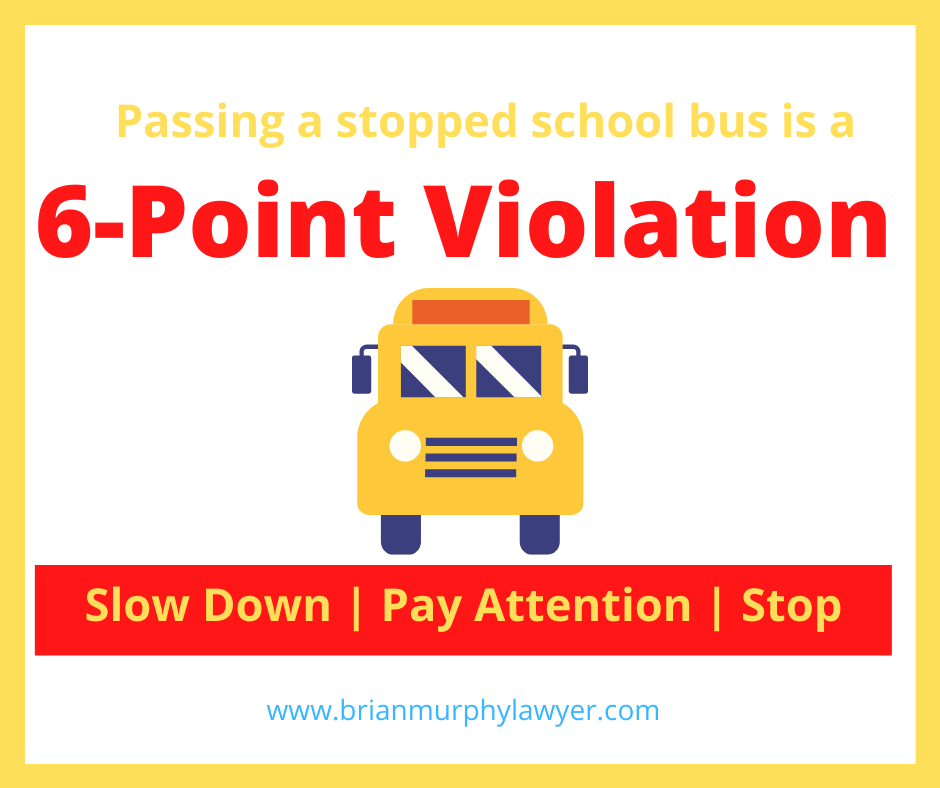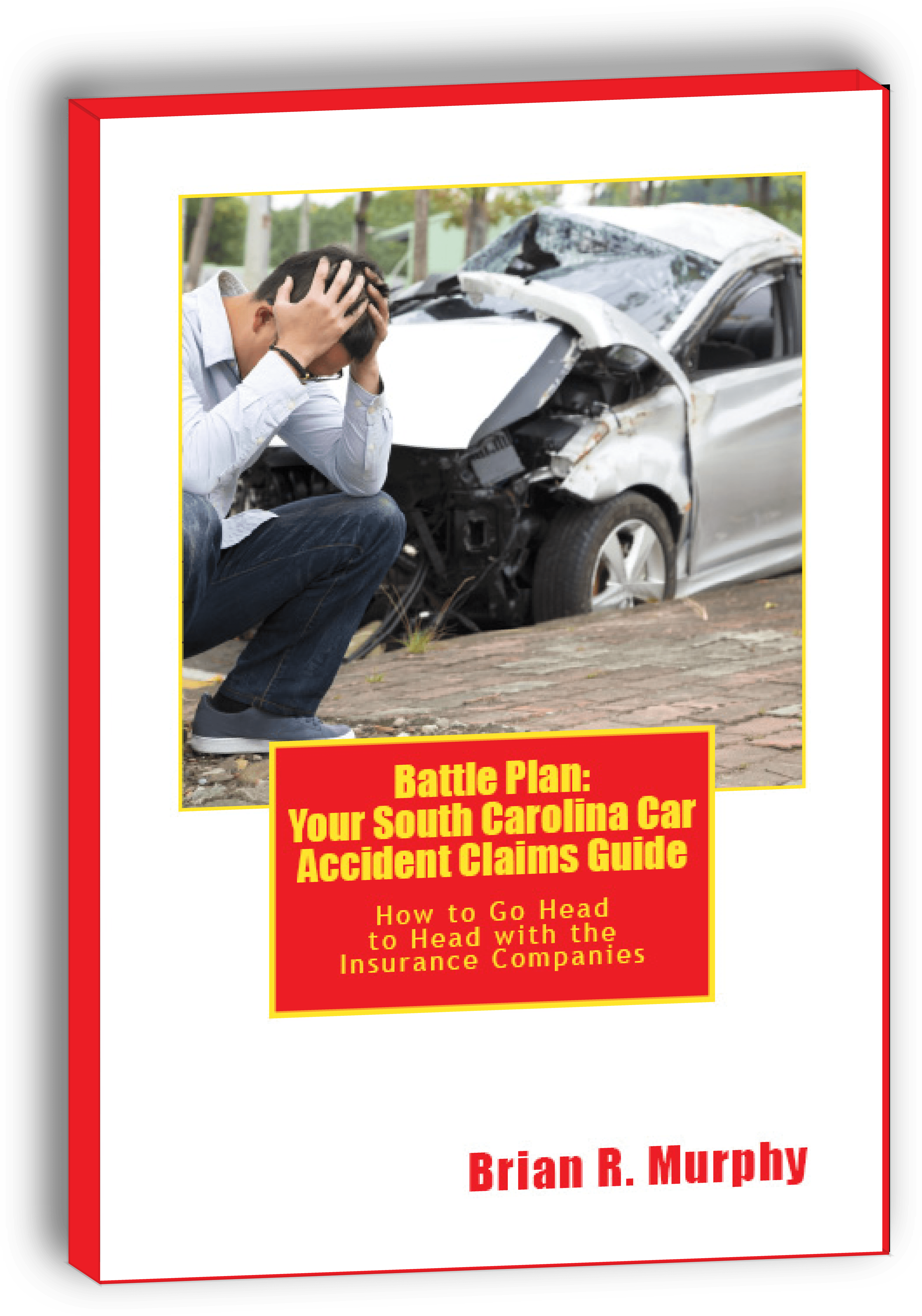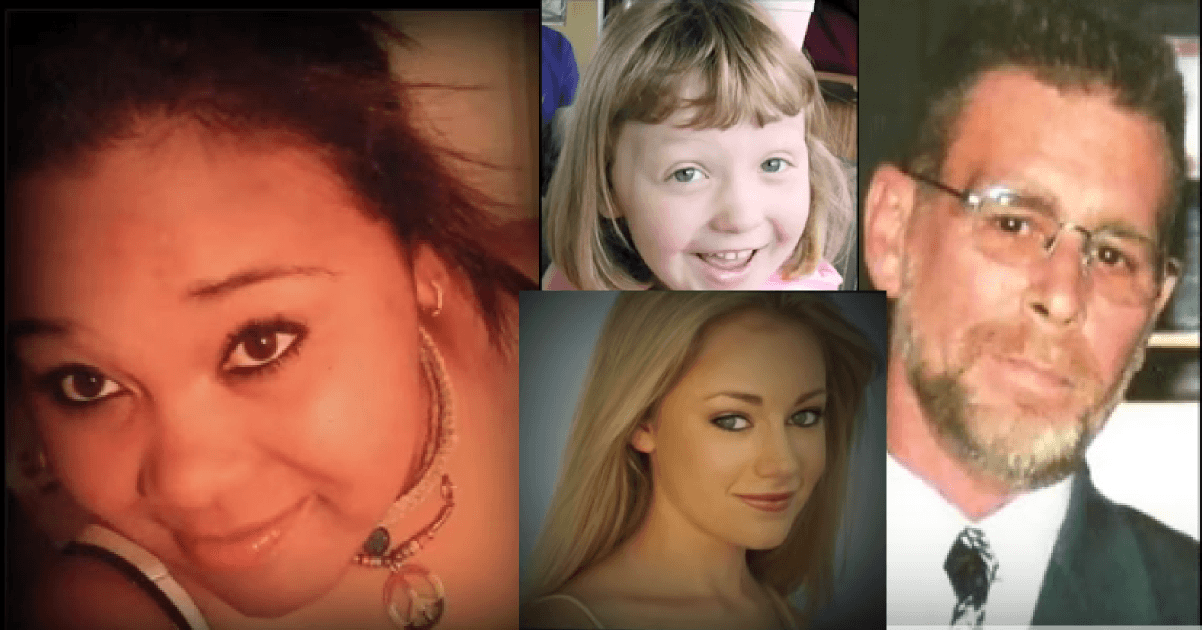Category Archives for "News"

Early September, we posted 5 Rules for Approaching a Stopped School Bus. We reviewed the rules of the road about when to stop and when to go when encountering a school bus on the highway. According to a national survey, these rules are being violated every day.
In 2019, the National Association of State Directors of Pupil Transportation conducted a nationwide survey to report passing violations. The 39 states participating reported 95,494 passing violations in a single day. South Carolina reported 223.
Convictions are a 6-point violation on your driver’s license and can be proved by onboard video. Cameras are installed in the stop arm of certain school buses to catch rule breakers. The legal penalties add up for multiple violations.
For a first offense, a violator can be fined up to $500.00 or imprisoned up to 30 days. A second or subsequent offense can bring fines of $2,000.00 to $5,000.00 or imprisonment from 30 days to sixty days.
The penalties are greatly enhanced if the violator causes great bodily injury or death. A conviction is a felony, includes a fine of $5,000.00 to $10,000.00, and 60 days to one year in jail. If death results, the fine increases to $10,000.00 to $25,000.00 and imprisonment from one to five years.
Our take: Slow down, pay attention, and stop for school buses.


I wrote the first part of this article here. If you missed it, I detailed how a distracted driver crashed into a vehicle behind me, moved that vehicle to the side, and then crashed into my vehicle. While I was released from the hospital without serious injuries, the whole ordeal continued to be frustrating.
First, a disclaimer, I am pro-law enforcement. I have many close friends who bravely serve to protect our communities. Our officers put their lives at risk every day to protect all of us. I am very much indebted to those dedicated public servants.
The trooper who responded to my traffic collision was not professional. Many of my clients have told me about inaccuracies and errors in police reports. These errors usually make the largest impact when my clients are being deposed. Skilled defense lawyers will compare the police report with my client’s version of the collision. Many clients are dumbfounded when the police report notes that they were not injured.
Having that background, I was very careful to tell the responding officer the truth. I was hurt, I told him, but did not need an ambulance. As many of you know, some very painful and lasting injuries do not require an ambulance ride to the hospital. I also told the EMS that I was injured. They evaluated me on site and told me to get medical attention.
After the trooper finished investigating, he told me he would send the FR10 the next day to my email address. Without the information on that form, I couldn’t verify whether the at-fault driver had insurance, I couldn’t get a rental car, and I couldn’t get my vehicle damage evaluated.
I figured the officer was busy, but that the form would probably come on day 2. When the officer still hadn’t contacted me, I called his office and left a message. He didn’t return my call. Day 3 came and went without any contact. Finally, on day 5, I received an email that contained the FR10.
Five days is way too long to process an FR10. During that time, I had no information about the at fault driver, I did not know whether or not he had insurance, and I could not arrange for a rental car. That waiting only added to the frustration and anxiety of being in a car accident in the first place.
Next, I found errors on the collision report. First, the officer indicated on the report that I was not injured. It must be a mistake, I thought. I also noticed that a passenger in the car directly behind me was not listed. I respectfully replied to the officer’s email that I had read the report, that I recalled telling him I was injured, and that I believed a passenger’s information had not been included. I kindly asked him to revise his report.
His reply was surprising. The officer told me he remembered me telling him I was hurt. However, since he didn’t see any visible signs of injury, he indicated on the report that I was not. He also told me that because the passenger did not seem hurt to him, he had not included the passenger’s information on the report either. Finally, he refused to correct the report.
I knew this inaccurate report could cause many problems down the road. I couldn’t believe a police officer would knowingly refuse to correct these inaccuracies. His errors could cause doubt about whether or not I told him I was hurt. They could lead to an inaccurate investigation by the insurance companies because the passenger’s name and contact information were not included. Leaving a witness’s information off that report could deprive an injured party of finding relevant evidence and testimony.
In a following article, I will continue to detail my auto collision saga. My future articles will discuss the challenge in getting my vehicle fixed, and how I eventually took my own medicine when it came to being the victim of an auto collision.


I was on my way back to my in-laws’ home after a run on Hunting Island State Park last month when it happened. While at a complete stop, I heard the crunching of sheet metal behind me. Before I could react, I felt the uncontrolled forces of a large object crashing into the rear of my SUV. While I was not aware of it the time, a driver two vehicles behind me didn’t stop with the rest of traffic. The driver plowed into the vehicle behind me, moved that vehicle to the side, then crashed into my vehicle.
Initially, I didn’t know exactly how the collision happened. All I experienced was noise behind me, thinking I was about to get creamed, and then the sudden impact. Afterwards, I did not understand that the car who had hit me, had also hit the car that had stopped behind me. The immediate aftermath of the crash felt like a fog. I didn’t fully understand what happened until I started taking pictures of the scene.
It did not appear that the driver who caused the crash had applied his brakes at all. The first vehicle looked totaled. While my vehicle did not appear mangled, I later found out there was hidden damage underneath.
I was hurt but didn’t need an ambulance. I thought a quick trip to an urgent care practice would be sufficient. Unfortunately, the doctor at the urgent care told me to go directly to the emergency room for further evaluation.
My heart sank, my blood pressure rose, and I felt scared. Would I be okay? Would I need a lot of expensive treatment? Would I be able to go back to work? Frustration set in.
Unfortunately, frustration will be a continuing theme to my story. I thought of all my clients over the years. I now experienced their frustration firsthand instead of just sharing in it. What really frustrated me the most is how the insurance company treated me as a liar, beggar, and low life. My injuries will heal, so I’m not trying to suggest my collision is catastrophic. Many of you were injured to a much greater degree. That said, my experience is why we treat every case with the same level of attention and care. Even a “minor” collision can have a significant impact on those involved. In following articles, I will chronicle my ordeal as I write about how the police mishandled this crash, the challenge in getting my vehicle fixed, and how I took my own medicine, following the guidelines that I give to my clients.


Many of us have not said these words in years. Once, we said them every school day. Lately, I have been saying those words more frequently as I belong to organizations who start their meetings with the Pledge of Allegiance.
Today, the subject of justice seems to divide us. We argue and fight over its meaning. What some say is just, right, and fair often depends on the profit motives of groups. The fight then shifts online where we battle each other in the comments section.
For me, justice for all is bedrock principle of our country. Yes, it is absolutely true that we have not historically afforded justice for all. It is also true that we do not currently afford justice for all. However, over time American’s development and our laws’ development have demonstrated a willingness, an eagerness, and a tradition of self-evaluation, self-criticism, and self-improvement.
That tradition is engrained in our Declaration, Constitution, and laws. I take comfort that our country will seek out ways to extend justice. I take pride that we will develop as a people and a country. I take joy that we will improve our provision of justice until our reality, our laws, and our attitudes match our ideals.

Written by Brian R. Murphy.

As the hurricane season kicks into high gear, our television sets and social media accounts are filled with hurricane news. We see images of flooded and destroyed homes. Our hearts break.
We correctly respond to the suffering of others in natural disasters. We donate money. We volunteer. We rightly offer our thoughts and prayers. These natural disasters are horrible, but I can’t help but wonder if we have become desensitized to victims who suffer from other causes.
Hurricanes killed 38 people in 2018. Motor vehicle crashes killed 4,074 children in 2016. Distracted driving killed 3,166 in 2017 (although I believe that number to be very low).
Based on the numbers, we should be mobilized to decrease childhood deaths from car crashes. We should be demand stronger distracted driving laws. We should be raising awareness about the carnage that is occurring on our streets.
However, we seem to be indifferent to the suffering of victims of car accidents and their families. Those disasters occur much more frequently than natural disasters. While texting and driving is killing thousands and car crashes are the number one killer of children, we continue to act as if those deaths are not as important. We continue to drive while distracted.
Is this because we are desensitized to vehicle crashes? Are we accustomed to blood flowing on our streets? Are we okay with killing people because we can’t wait to read a text message? Are we okay with children dying because it is too inconvenient to lock down our phones?
It’s time for our hearts to break for car crash victims. It’s time for us to make save driving a priority. It’s time for us to reduce the number of child car crash deaths. It’s time for us to stop distracted driving.
After all, every life matters whether it ends because of a hurricane or car accident. The difference is that we have the immediate power to significantly decrease traffic accident deaths. Commit to stop distracted driving yourself. Encourage others to stop distracted driving. Promote stronger distracted driving laws by contacting your state senator or legislator.

Did you know?...2% of children involved in car accidents in South Carolina were NOT wearing seat belts when the accident occurred!
Did you know?...More than half of the people killed in car accidents in South Carolina were NOT wearing seat belts!


When approaching a stop sign, South Carolina law requires drivers to stop before the crosswalk, stop bar, or the nearest point where you have a view of approaching traffic. (SC Code 56-5-2740).

Schools across South Carolina will begin their new year in the next couple of weeks. That means schools busses will be picking up and dropping off children before and after school. Here are six rules on when to stop and when to go when approaching a stopped school bus.

If you have been injured in a car accident, you need a Battle Plan.
For additional helpful articles and interesting information, get our newsletter.

It’s summer. The air is warm and the sky is blue. It’s time for a road trip.
Weather you are traveling to visit family or your favorite vacation spot, you and millions of others will hit the road this summer. Unfortunately, July and August are the most dangerous months to use the roadways.
While you can’t control other drivers, there are a few things you can do to reduce your risk of being in a crash.
1. Get a Tune-up.
Have your car checked out at your trusted shop. Make sure your brakes are working well. Check your tires for wear. Replace your tires if worn and don’t try to get out additional miles. Waiting too long could mean an increased stopping distance with worn tires.
2. Turn Off Your Phone
I’ve written about the dangers of distracted driving before. Its best to turn off your phone so all of your attention is directed to your driving. You never know when that extra ½ a second could help you avoid a potential crash.
3. Wear Your Seat Belt
All the safety systems in today’s modern vehicles rely on seat belt use. Your air bags will not be as affective if you don’t. Additionally, your seat belt could be the only thing that will keep you in the vehicle and not flying out a window in a bad crash.
4. Slow Down
I’m not saying you should drive below the speed limit on a clear and sunny day. I am saying you probably should not be driving 20 miles above the speed limit in the rain. Slow down, pass with care, and get to your designation safely.
5. Avoid the Fast Lane
It seems that some drivers believe traveling in the fast lane gives them a license to tailgate the vehicle in front of them. That is dangerous and asking for a crash. Avoid that problem by using the middle and right lanes when possible. Additionally, using the middle lane provides more pathways for emergency maneuvers.
I hope you never experience the horror of terrible car crash. I hope the above tips reduce your risk and you have a safe and fun summer. However, if you have been injured in a car cash and would like to tell us your story, please contact us below.

Erica Forney was a 9 year old riding her bike around her neighborhood. She was killed by her neighbor who looked down at her cell phone. Here is Erica's story as told by her mother.
Casey Feldman was killed by a distracted driver as she was crossing the street in a crosswalk in Ocean City, New Jersey. Here is Casey's story as told by her friends and family.
John Sligting was killed by a teenage driver who was talking on her cell phone, rolled though a stop sign, and hit John's motorcycle. Here is John's story as told by his daughter.
Ashley Johnson was killed when she lost control of her vehicle, crossed the center line, and hit another car head-on. She was texting at the time of the crash. Here is Ashley's story as told by her father.